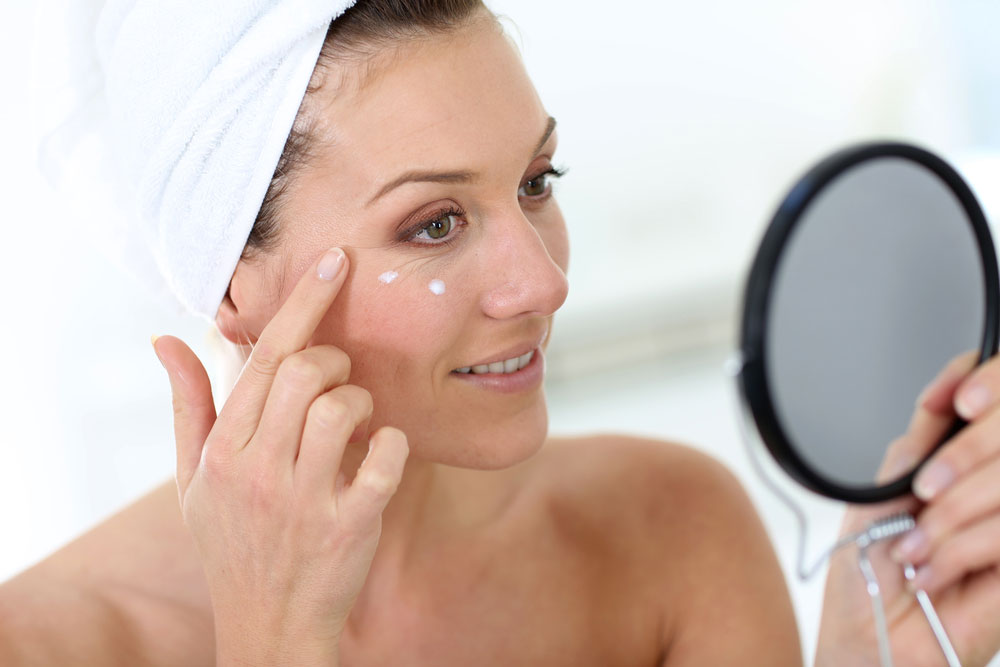Comprehensive Guide to Selecting the Most Effective Scar Treatment Creams for Healthy Skin
Discover comprehensive strategies for choosing the most effective scar treatment creams. Learn how OTC options, dermatologist advice, label reading, online reviews, and patience can help you minimize scars and enhance your skin’s natural beauty. This extensive guide provides valuable tips for safe and successful scar management, ensuring clearer, healthier skin over time.

Comprehensive Guide to Selecting the Most Effective Scar Treatment Creams for Healthy Skin
Scar formation is a natural part of the skin’s healing process, but for many people, visible scars and blemishes can be a source of discomfort, lowered self-esteem, and self-consciousness. Whether caused by injuries, acne, rashes, allergies, or surgical procedures, scars can significantly alter the appearance of your skin and impact your confidence in social situations. Achieving smooth, clear, and radiant skin is a common desire, but it often requires targeted treatments, especially for persistent or prominent scars. While natural remedies and surgical options exist, topical creams remain one of the most accessible and effective solutions for scar management without invasive procedures.
The market today offers an extensive range of scar treatment creams, making it both promising and challenging to pick the most suitable product. Scientifically formulated scar creams are designed to accelerate healing, reduce the appearance of scars, and enhance skin quality. These topical solutions are particularly popular because they are easy to apply, non-invasive, and generally cost-effective. However, choosing the right cream requires careful consideration of several critical factors to maximize benefits and avoid adverse reactions.
In this comprehensive guide, we explore strategies to help you select the most effective scar treatment creams tailored to your skin type and scar characteristics, ensuring you achieve optimal results over time.
1. Understanding Over-the-Counter Scar Treatments — For many individuals, the first step in scar management involves visiting a local pharmacy or drugstore. Over-the-counter (OTC) scar treatment creams are formulated with active ingredients aimed at reducing scar visibility. These products are typically recommended for minor scars and fresh wounds, making them a convenient first-line option. Pharmacists can provide valuable insights into appropriate formulations based on your skin type and the nature of your scars. When selecting OTC creams, it’s essential to carefully follow the application instructions for best results, and consistency is key. Regular application over several weeks or months often yields noticeable improvements, though patience is crucial.
2. When to Consult a Dermatologist — While many scars respond well to OTC treatments, stubborn or hypertrophic scars, keloids, or deep scars might necessitate professional intervention. Consulting a dermatologist ensures that you receive personalized advice tailored to your specific skin condition. A specialist can prescribe stronger topical formulations, microdermabrasion, laser therapy, or silicone gel sheets that may be more effective. Additionally, individuals with sensitive skin, eczema, or other skin conditions should seek professional guidance to avoid aggravating the problem with inappropriate products.
3. The Importance of Reading Product Labels — Before purchasing any scar treatment cream, scrutinize the ingredients list meticulously. Many products include potential irritants or harmful chemicals such as high concentrations of hydroquinone, corticosteroids, or fragrances that can cause allergic reactions or worsen scarring. Instead, prioritize creams formulated with safe, proven ingredients like silicone, vitamin E, onion extract (such as allantoin), or natural herbal extracts that promote healing without adverse effects. Herbal and chemical-free options that boost oxygen flow and improve skin regeneration are generally safer for long-term use and for sensitive skin types.
4. Leveraging Online Reviews and Customer Feedback — With the proliferation of e-commerce platforms and health forums, evaluating customer reviews can provide valuable insights into a product’s efficacy and potential side effects. Look for detailed reviews on reputable websites, focusing on individuals with similar skin types or scar conditions as yours. Comparing multiple sources helps to identify trustworthy products and avoid scams or ineffective remedies. Be cautious of exaggerated claims, and remember that individual results can vary significantly based on skin sensitivity, age, and scar age.
5. Patience and Consistency — The Key to Success — Scar treatment is a gradual process. Most effective creams require consistent application over several weeks or even months to manifest visible improvements. Avoid products claiming to provide instant cures, as these are often unsubstantiated and potentially harmful. Complement topical treatments with a balanced skincare routine, including moisturizing regularly and protecting your skin from sun exposure. Eating a healthy diet rich in antioxidants, vitamins, and nutrients can also support skin regeneration, complementing topical treatments for optimal results.
In conclusion, selecting the right scar treatment cream involves understanding your specific scar type, skin sensitivity, and the formulation’s ingredients. Combining professional advice, thorough research, and patience can significantly improve the appearance of scars and help you regain confidence in your skin’s natural beauty. Remember, every individual’s skin responds differently, and a tailored approach maximizes the chances of achieving a smooth, clear complexion.





